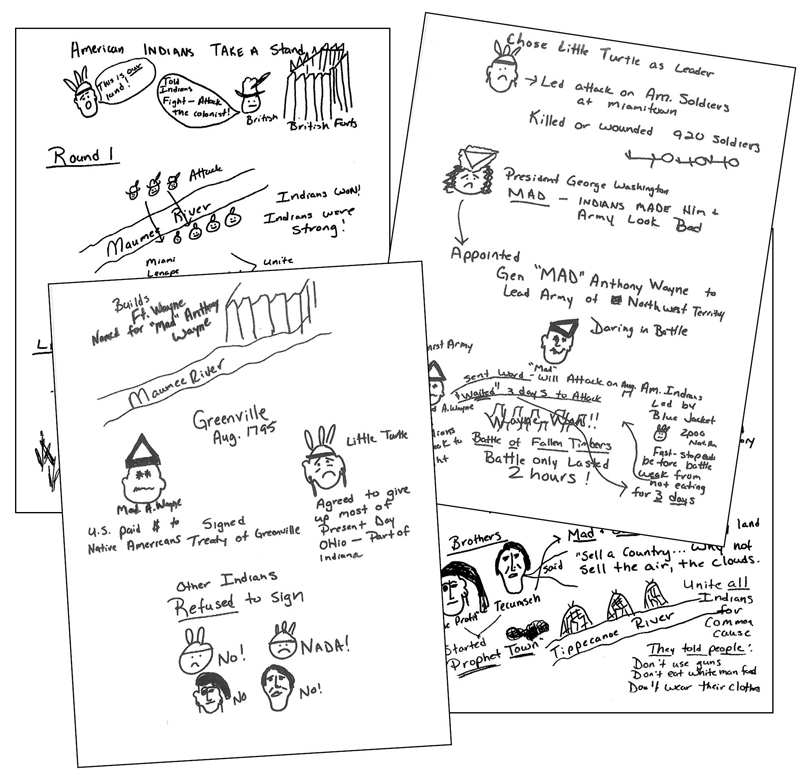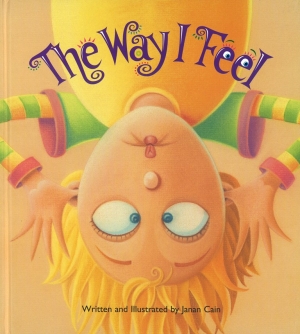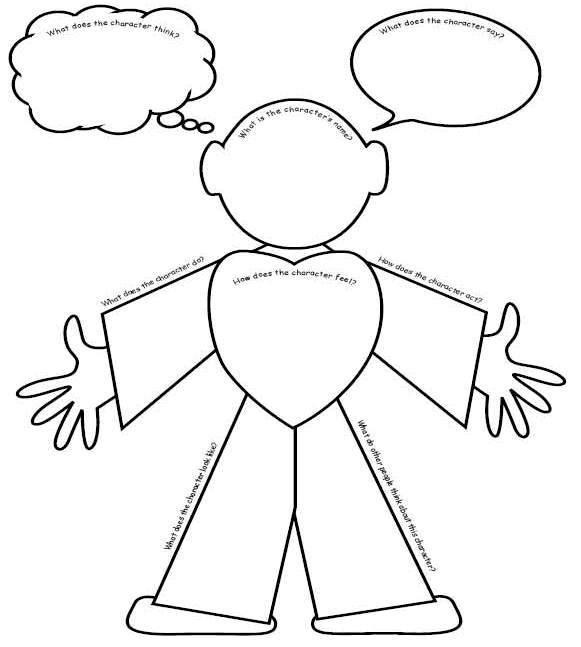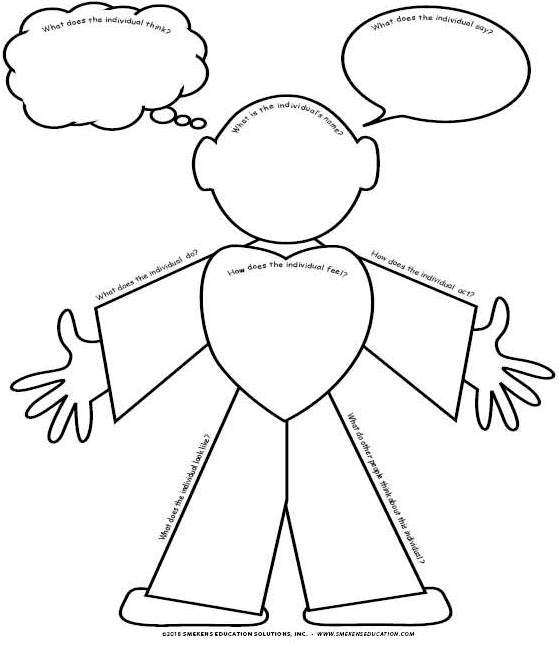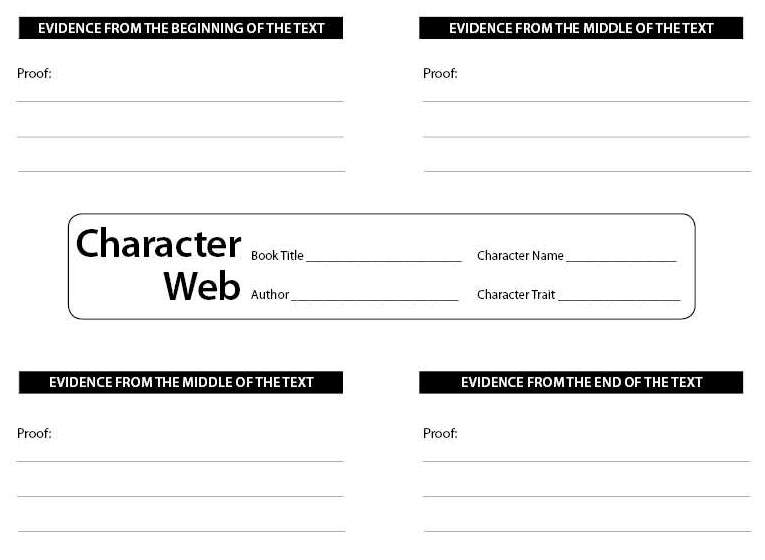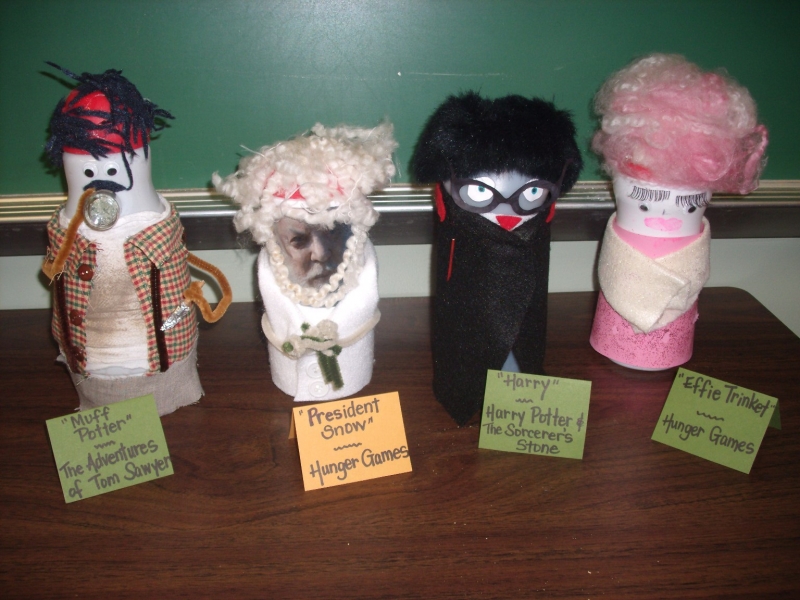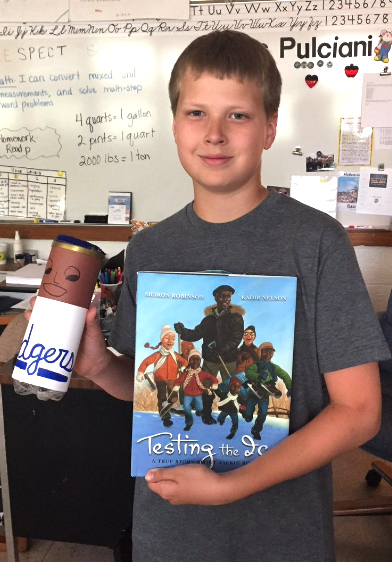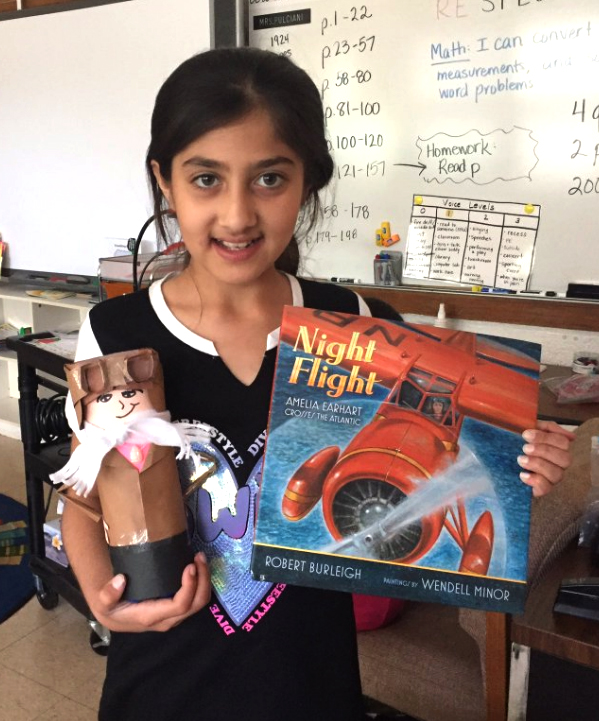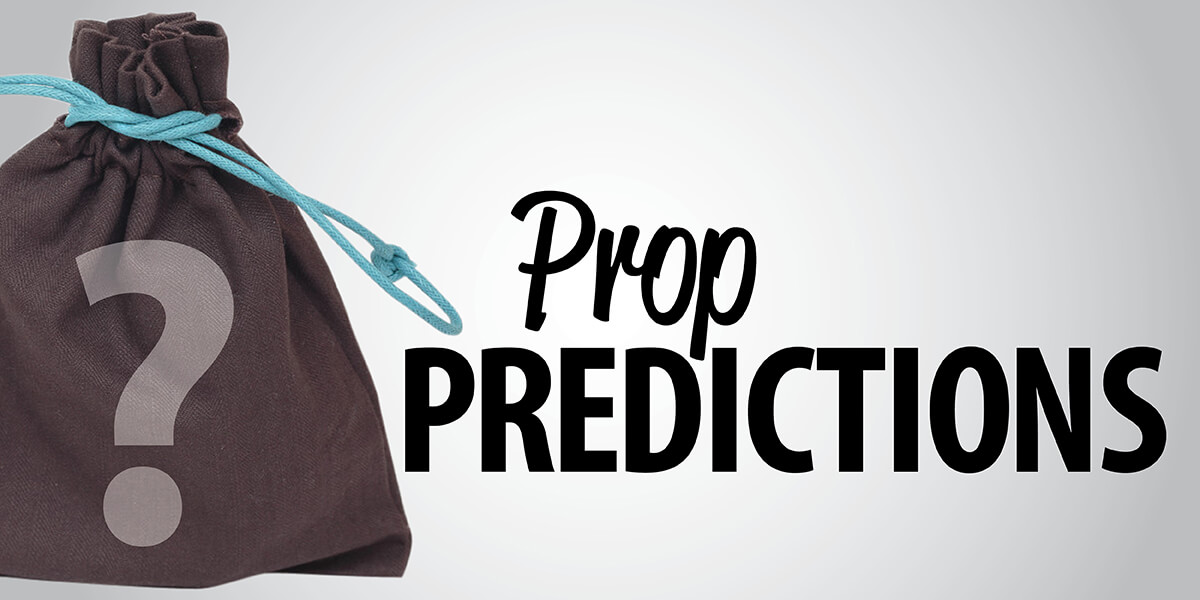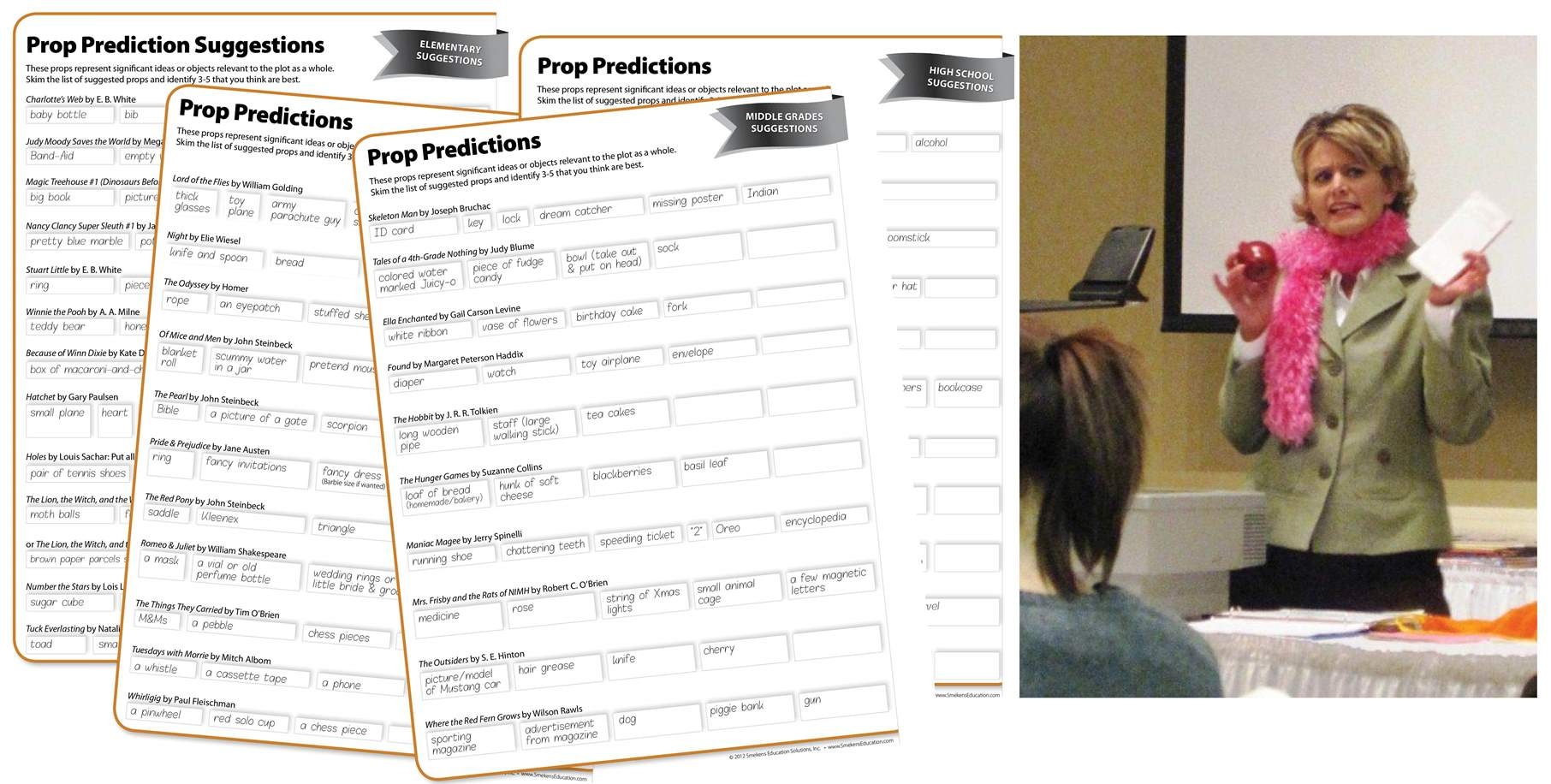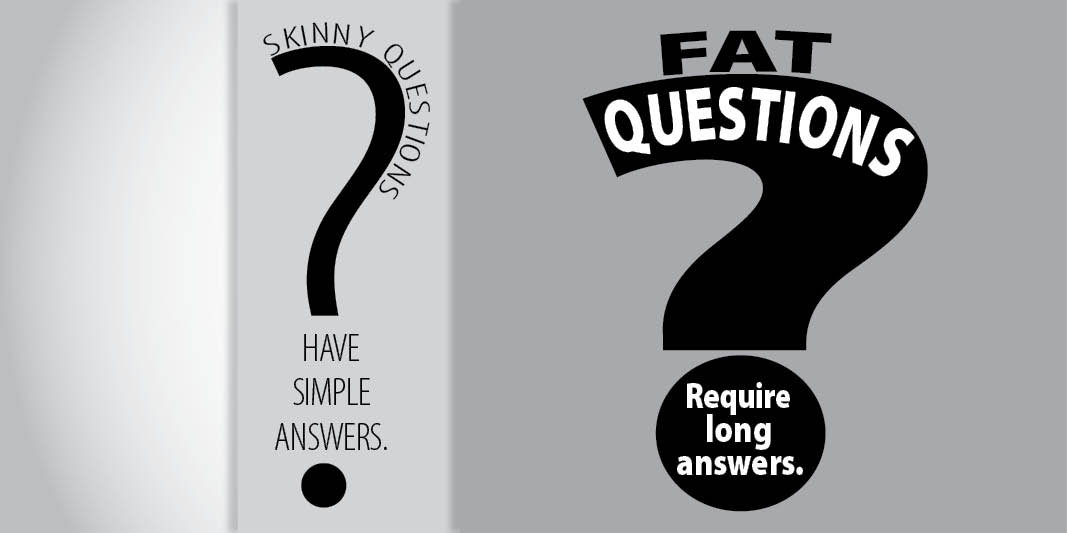Delivering Explicit & Engaging Comprehension Mini-Lessons
SECRET SITE
Quick Links
V

Use visualization sunglasses
Print and cut each square to the shape of the lenses. Glue the cutouts to the lenses to create your own trigger icon.
Juggle visualizations
Like a cinematographer, students create a frame-by-frame depiction of their visualizations using a Storyboard.
This is a great option for literature that is organized chronologically and/or content-area topics that are sequential.
Visualize abstract ideas and concepts from informational text
Rather than creating a visual, have students find an image that represents the meaning. Use cutouts to depict vocab terms.
Creating a mental picture is impossible without knowing some details about the word’s meaning. Define 8 types of clues authors use.
Utilize context clues to look inside and outside the term for support. Define “context” as nearby sentences.
Edit visualizations as needed
Authors don’t provide every visual detail within the text. They expect readers to use their own past experiences and schema to complete the mental image. However, schema sometimes fills in the blanks inaccurately. Consequently, readers need to adjust their visualizations as additional details are discovered. This was necessary as Kristina read through the hopscotch passage.

“See” evolving story elements
Visualize a character’s development and evolution through a story.
Provide synonyms and example to learn each trait term—Template.
Think before reading
Generate before-reading prediction to motivate readers to dive into text.
Generate during-reading questions
Pause after each chunk of text to summarize and ask new questions. These may be questions about key details or questions of clarification or confusion.
Question perspective
Readers need to interpret author attitudes, moods, perspectives, and tones. Question why the author chose certain words versus other synonym options.
Question why the author chose certain words versus other synonym options.



